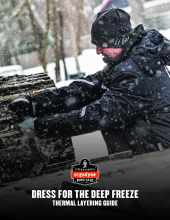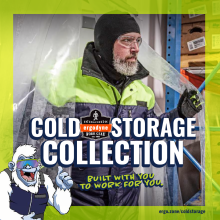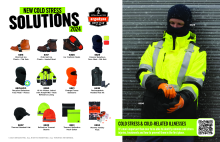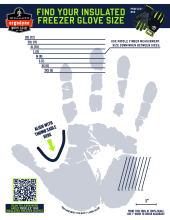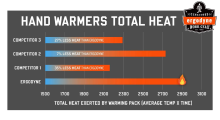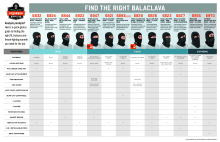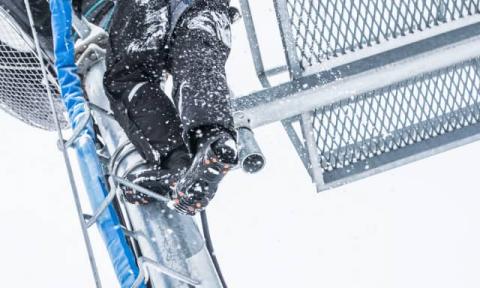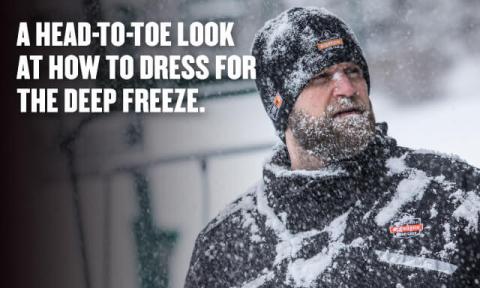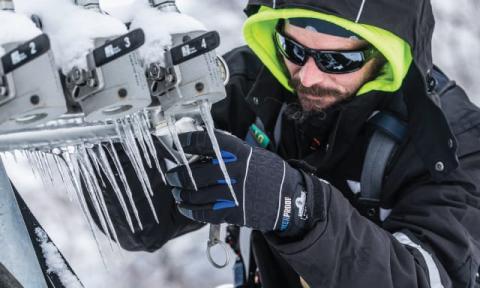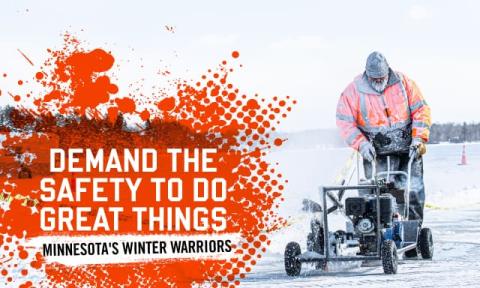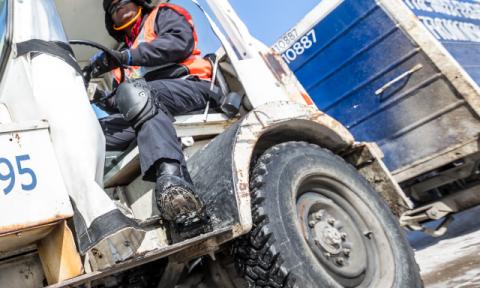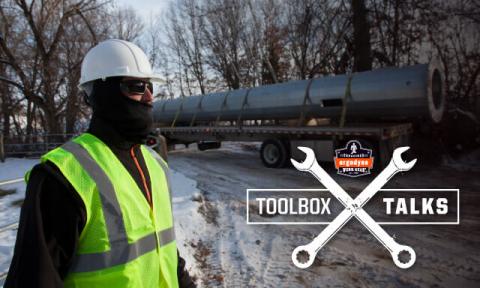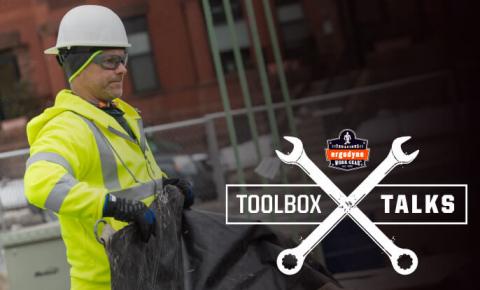COLD STRESS & COLD-RELATED ILLNESSES
As cold weather patterns become more unpredictable, no region is immune to a debilitating Polar Vortex—making it more important than ever to be able to identify common cold stress injuries, treatments and how to prevent them in the first place.
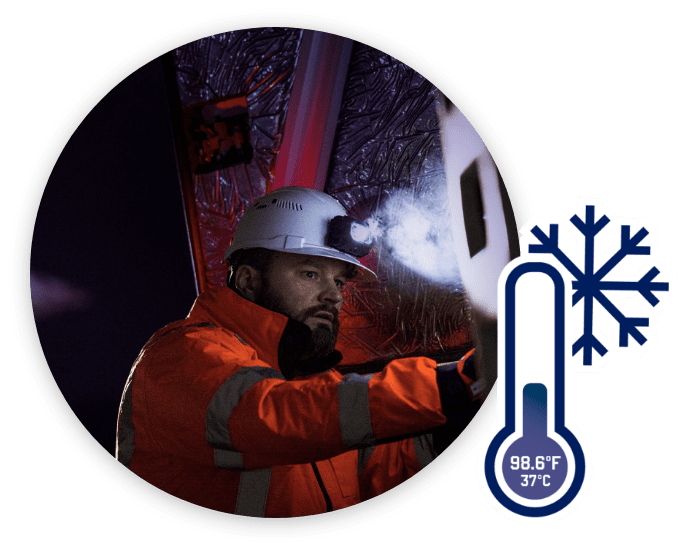
HOW DOES COLD STRESS HAPPEN?
When the body temperature drops below 98.6° F (or 37° C), blood begins to flow away from the extremities to heat the body’s core. This immediately cools exposed skin and extremities, and increases the risk of cold stress, specifically frostbite and hypothermia.
COMMON COLD STRESS INJURIES
Learn the symptoms the treatment, and how to prevent these potentially life-threatening illnesses.
Frost Bite
How It Happens
Blood leaves extremities to protect vital organs
Symptoms
White/gray/blue skin, cold/hard/waxy skin, itching, burning, numbness, blistering
How to Treat It
Move to warm area, place extremities in warm water or wrap in warm blanket, seek medical attention.
Hypothermia
How It Happens
Core body temperature falls below 95° F (35° C)
Symptoms
Shivering, poor coordination, confusion, slurred or slowed speech, hallucinations
How to Treat It
For mild cases, move to warm area and stay active. For moderate to severe cases, seek medical attention.
Dehydration
How It Happens
Not drinking enough fluid to replace what is lost
Symptoms
Fatigue, lightheadedness, muscle cramps, confusion, dark & strong-smelling urine
How to Treat It
Replace lost fluids and electrolytes with water, sports drinks or juice. Drink 5-7 ounces every 15-20 minutes throughout the day.
THE COLD HARD FACTS
Cold exposure resulted in 240 worksite injuries 2019. Additionally, 880 fatalities were caused by slips, trips & falls—a risk greatly heightened by cold and icy conditions.


240 injuries
6 fatalities

880 fatalities

Is your crew prepared for the long winter ahead?
Cold-related illnesses and fatalities are preventable when you know the risks, symptoms and solutions. With expert training, support and endless innovation, Ergodyne is here to help you lead the way in making the Workplace a Betterplace™.
COLD STRESS PREVENTION
YOUR ROADMAP TO WINTER WORK DOMINATION
Working safely in bitter cold conditions requires planning, regular breaks to warm up and layering up in the right PPE.

What is the best layering for cold weather?
Layers are the key to surviving – and thriving – through the months of sub-Zs and snow dumps ahead. Because there is no single magic garment able to adapt to all the ever-changing environmental variables of winter the way a proper layering system can. So, layer up, and bear down. Here’s your guide to the protective barriers needed to combat Mother Nature.
1Base Layers
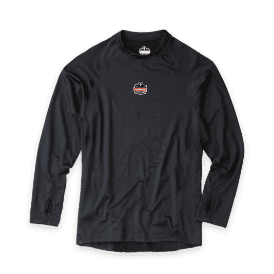
When the goal is to stay warm, productive and agile, a moisture-wicking, quick-drying layer is key. Venting under arms and a slightly loose, noncompression fit also creates a breathable layer of air insulation.
2Mid Layers
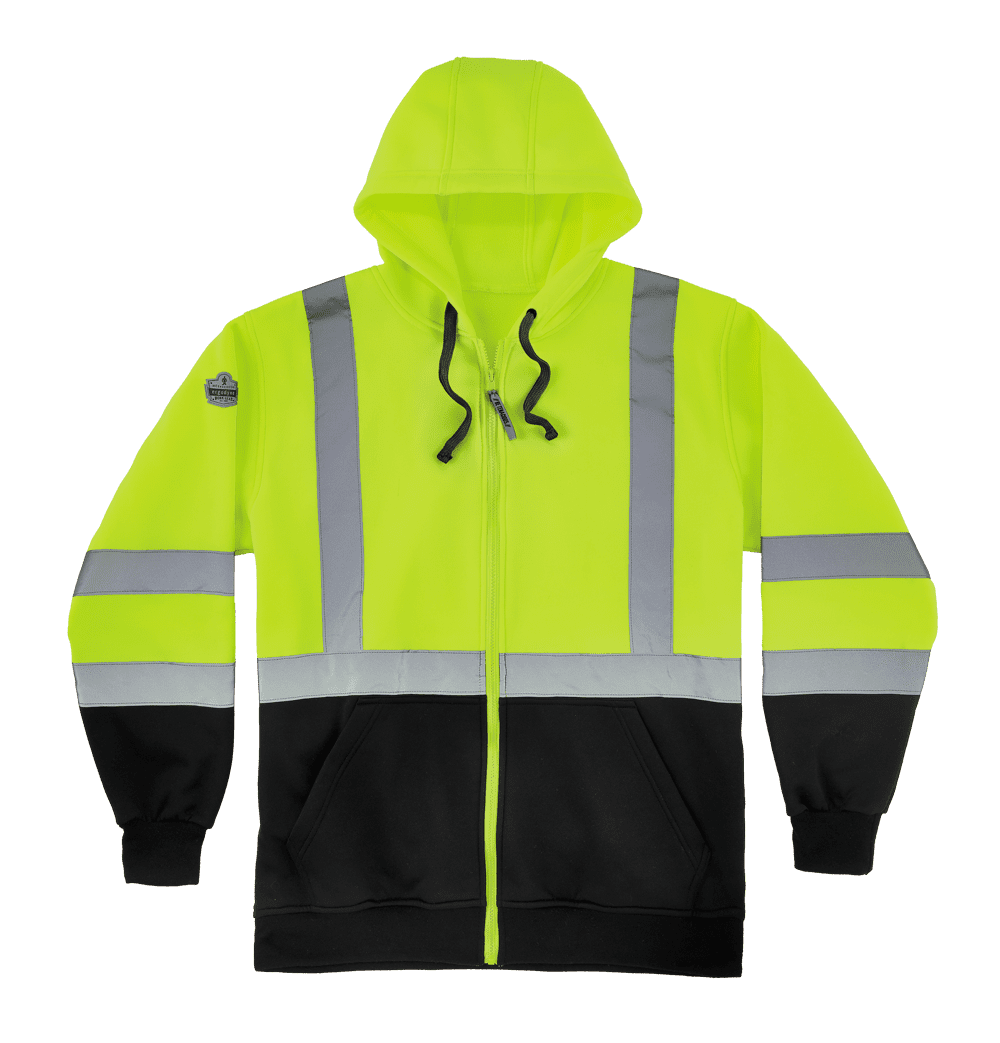
Your second layer – often your work gear or uniform – not only provides an added layer of insulation from the cold to trap body heat, but allows the wearer to react to changing temps and adjust their warmth by removing or adding layers as needed.
3Outer Layers
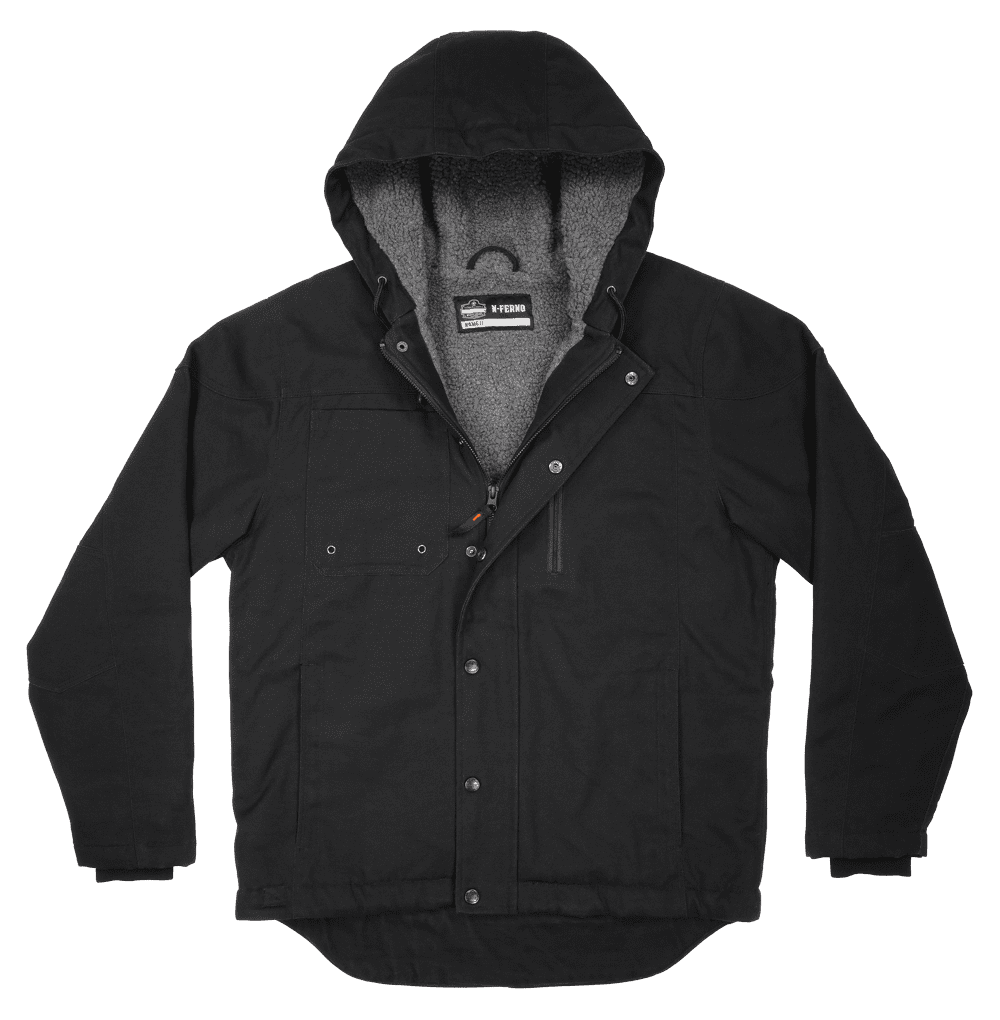
The third layer should be made of durable materials designed to stand up to abrasion, wind, rain and snow, as well as the cold. Insulated shells should also allow for air and moisture to pass through to the outside, with venting adding another level of temperature control.
Is there an OSHA standard for Cold Stress?
There is currently no federal OSHA regulation, but… the General Duty Clause states that employers must provide a safe and healthful workplace for workers.
A Complete Approach to Cold Stress Prevention
Layering
There is no single magic garment able to adapt to the ever-changing environmental variables of winter the way a proper layering system can.
Traction
Ice and snow make for treacherous terrain that leads to nasty slips and falls.
Hydration
Dehydration in cold environments is a major risk, especially since lower temperatures suppress thirst (the body is focused on regulating core temp more than fluid balance).
Skin Protection
Provides safe and effective broad-spectrum UVA/UVB protection against sunburn.
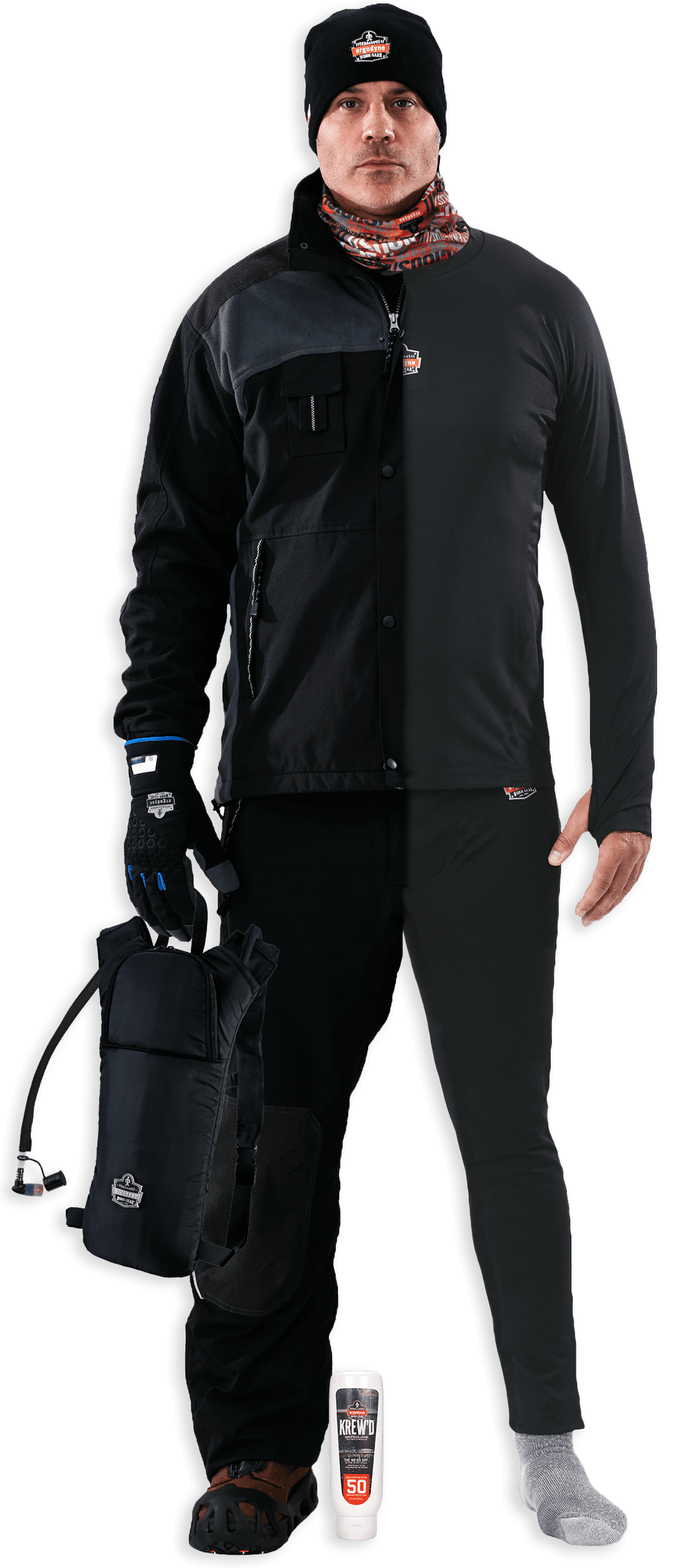
Above the Neck
The ole noggin’—and your face, nose, ears and neck—are some of the most susceptible to frost bite.
Smart Solutions
Clothing
There is no single magic garment able to adapt to the ever-changing environmental variables of winter the way a proper layering system can.
Smart Solutions
- A breathable, wind/water-resistant outer layer
- An insulating middle layer
- A breathable, moisture-wicking base layer
Gloves
Many so-called winter work gloves are actually retro-fitted allseason gloves crammed with cheap insulation and made using materials that actually absorb water and let cold air in.
Smart Solutions
- Coated winter gloves for extra grip and dexterity Waterproof, breathable construction
- For extra grip and dexterity, look for coated winter gloves with dipped palms for better material handling in cold temps.
- Dual zone insulation for right mix of warmth & dexterity
- Tech-friendly fingers for touchscreens
Hydration
Dehydration in cold environments is a major risk, especially since lower temperatures suppress thirst (the body is focused on regulating core temp more than fluid balance).
Smart Solutions
- Hydration packs encourage more fluid intake than bottles
Ice Traction
Slips, trips and falls are the second most common cause of accidental death in the U.S. every year. Even deeply lugged soles may be inadequate for winter walking surfaces.
Smart Solutions
Sunscreen
Provides safe and effective broad-spectrum UVA/UVB protection against sunburn.
Smart Solutions
GEAR GUIDE
COMFORT FOR YOUR CLIMATE
From a “tad chilly” to full-blown arctic blast… build a layering system to match your flavor of frosty.

MILD WEATHER GEAR
Just because you’re not slugging it out in sub-zero temps doesn’t mean you’re not at risk. Hypothermia can, and does, happen in temps above 40°F, especially when chilled from rain, sweat, or submersion in cold water.
Mild Weather Clothing & Accessories
Cold Weather Clothing and Accessories
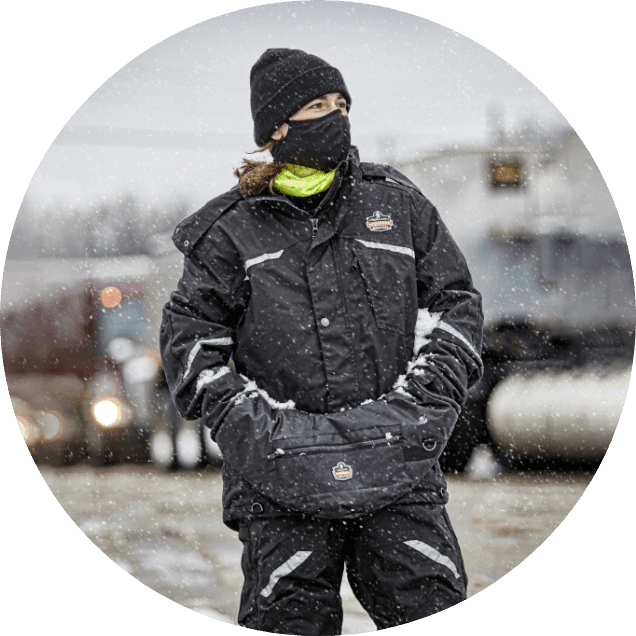
EXTREME COLD WEATHER GEAR
If it’s exposed, it’s gonna get “frozed”. Like, fast. Less than 10 minutes when temps are -10°F (-23°C). Fingers, toes, ear lobes, and the tip of the nose are the most vulnerable parts of the body to frostbite—warming packs and face covers to the rescue.
Extreme Cold Weather Clothing & Accessories
RESOURCES
GET SMART ON COLD STRESS
Videos, articles, toolbox talks and more… it’s a veritable blizzard of ready-to-share resources to keep crews safe and productive in the cold.
Videos
Podcast
Safety Tips
Decreasing Slips, Trips and Falls: How to Choose the Right Traction Device for the Job
Cold Weather Gear Guide: How to Dress for Winter Work
Waterproof vs. Water Resistant: How to Choose the Best Work Rain Gear
Why Are My Hands Always Cold?: Your Guide To Choosing The Best Winter Work Gloves
Case Studies
Demand the Safety to Do Great Things: Minnesota's Winter Warriors
Finding Traction on the Tarmac: The Half Decade Search for a Scratch-Free Slip Solution
Toolbox Talks
Smart Scheduling For Winter Work Safety – Toolbox Talks
Recognizing Hypothermia, Frostbite And Other Common Cold-related Illnesses – Toolbox Talks
Guides & Documents
